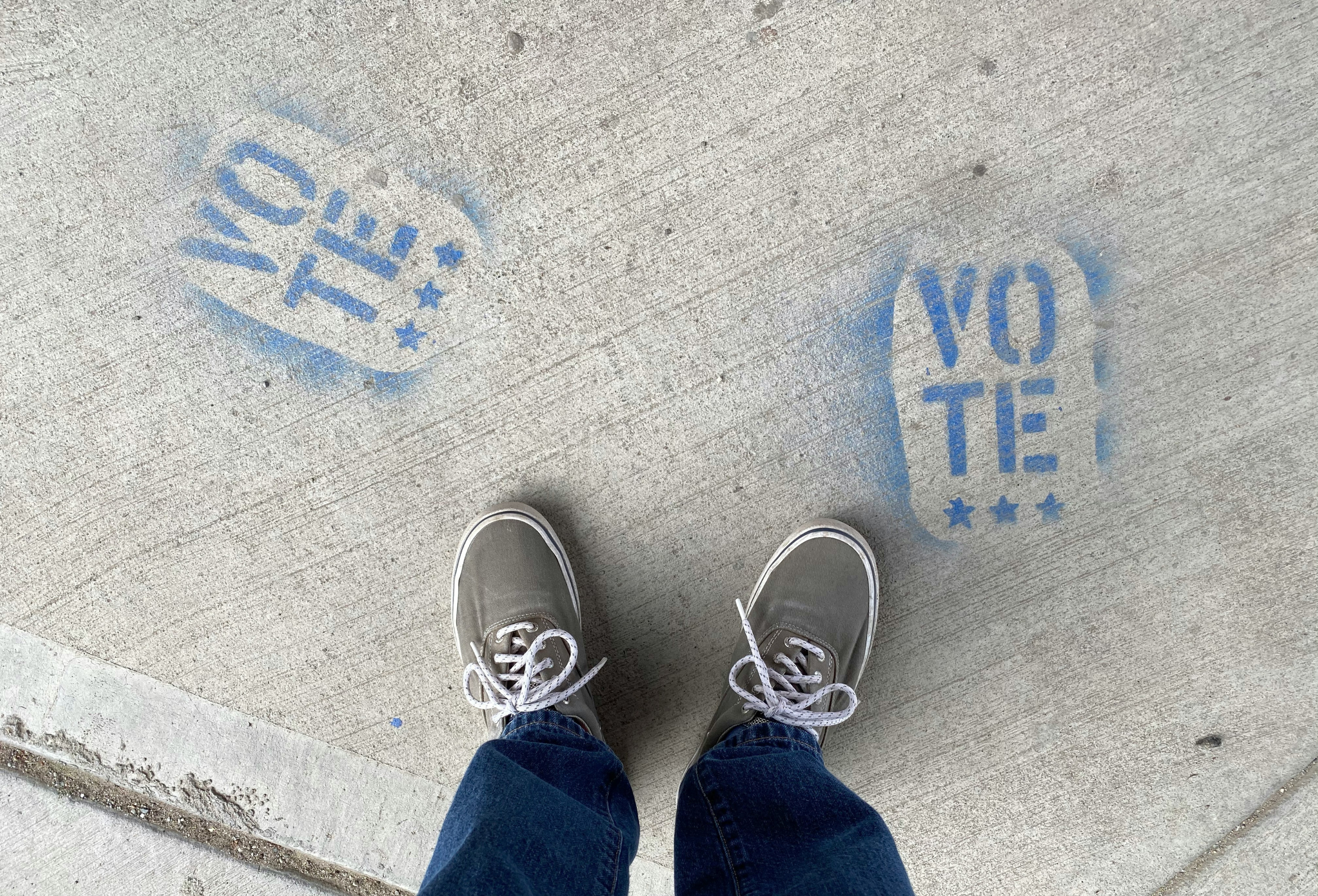Stencil Art in Street Culture
Stencil art is a powerful and efficient technique widely used in street art, known for its precision, speed, and reproducibility. This method has become a cornerstone in urban artistic expression, enabling artists to broadcast messages, images, and commentary in public spaces with a level of detail and consistency that is hard to achieve with freehand graffiti. Whether political, poetic, or purely aesthetic, stencil art continues to influence the visual language of cityscapes around the world.
Introduction to Stencil Art
Stencil art emerged as a distinct form of street expression in the late 20th century, although its origins can be traced back to ancient civilizations that used cut-out shapes to reproduce designs. In the modern context, stencil art gained momentum in urban environments where artists needed to work quickly, often under the cover of night. Stenciling allowed for the rapid reproduction of images, making it ideal for repeatable street campaigns or tagging iconic imagery.
Defining the Style
Stencil art involves cutting a design, symbol, or figure into a sheet of material to form a template. This template is then placed on a surface—such as a wall, pavement, or signpost—and pigment, typically spray paint, is applied over it. The cut-out areas allow the paint to reach the surface beneath, leaving behind a crisp, well-defined image. The result is a clean, bold graphic that can be instantly recognized.
One of the key advantages of stenciling is that once a stencil is created, it can be reused many times in various locations. This makes it ideal for artists looking to spread a visual motif or political message across a city or even internationally. The reproducibility of stencils has made them particularly useful for artists who work anonymously or seek to subvert traditional gallery systems by bringing their art directly into public view.
Tools and Materials
Creating stencil art requires only a few basic tools, making it accessible to both amateur and professional artists. The primary materials include:
- Stencil Sheet: This is usually made from cardboard, acetate, plastic, or Mylar. The material should be sturdy enough to hold its shape after repeated use but flexible enough to conform to uneven surfaces.
- Cutting Tool: Precision is essential, so artists typically use X-Acto knives or utility blades to cut out their designs with accuracy.
- Spray Paint: Aerosol paint is the most common medium used for stenciling due to its ease of application, fast drying time, and ability to cover large areas quickly.
- Adhesive or Tape: While some artists hold the stencil by hand, others use temporary adhesives or tape to secure it in place for more controlled application.
- Protective Gear: Since spray paint contains chemicals, many artists wear gloves and masks to protect themselves from inhalation and skin contact.
In essence, stencil art is a blend of craft and activism—accessible yet impactful, temporary yet enduring in cultural influence. From political protests to pop culture icons, stencil art continues to transform ordinary walls into bold visual statements that challenge, inspire, and communicate.
